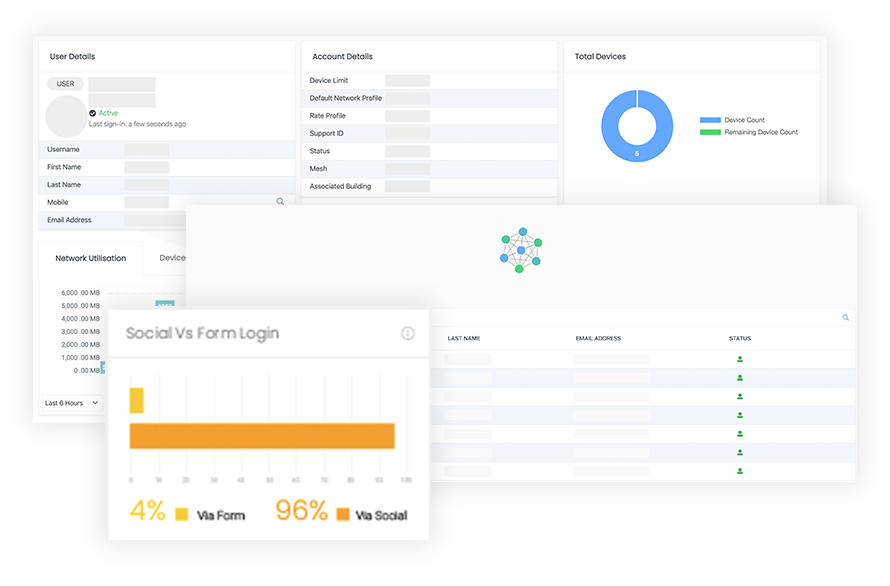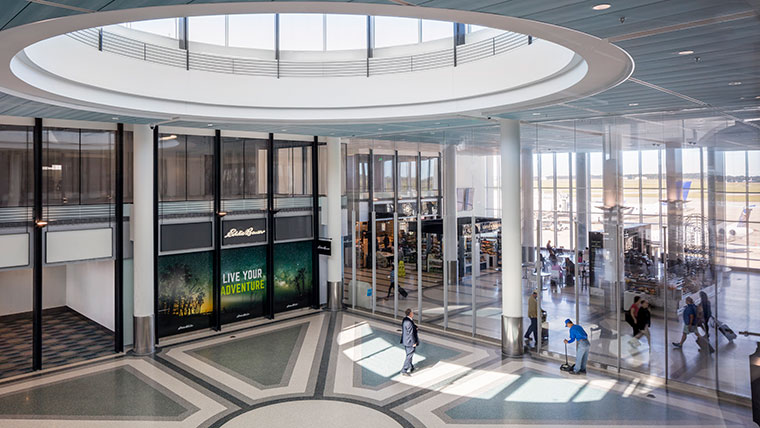


Getting the development environment correctly specified may take some work, but once done it becomes completely portable, ready for use by other developers or in future if you need to return to a project. Microsoft has an extensive set of sample containers here. The most flexible approach is to specify a Docker container, though this currently requires an experimental feature flag. This can include running shell scripts from your repository. The service will attempt to work out the requirements by inspecting the code in the repository using Microsoft's Oryx build system along with VS Code extension detection based on the main programming language used, but you can also use a devcontainer.json file to specify the VS Code extensions required and a list of commands to execute after the environment is created. The key question is how to configure the remote environment.

You can run a web application and connect with localhost for test and debug


 0 kommentar(er)
0 kommentar(er)
